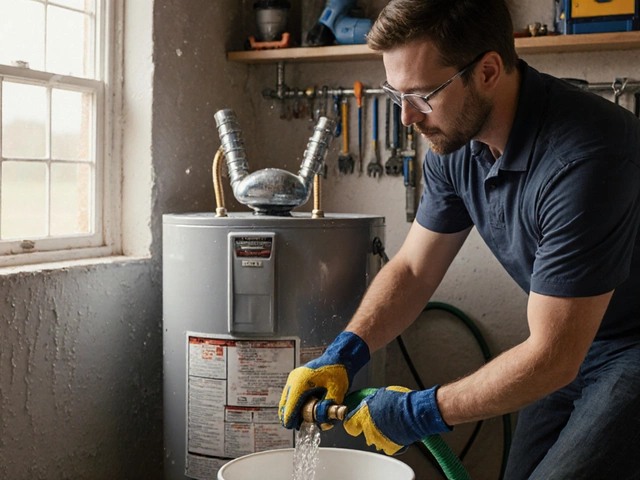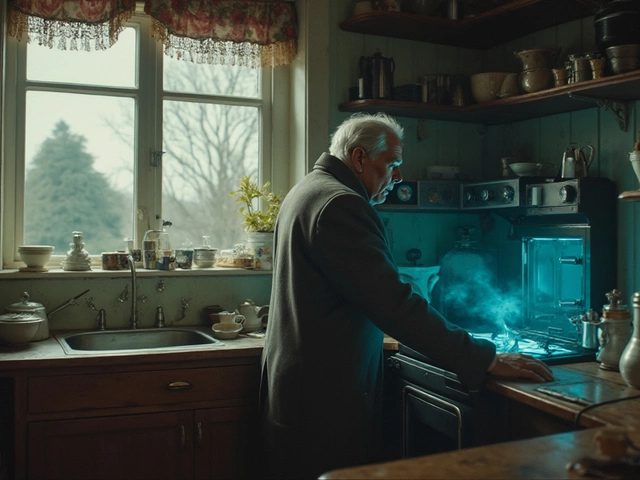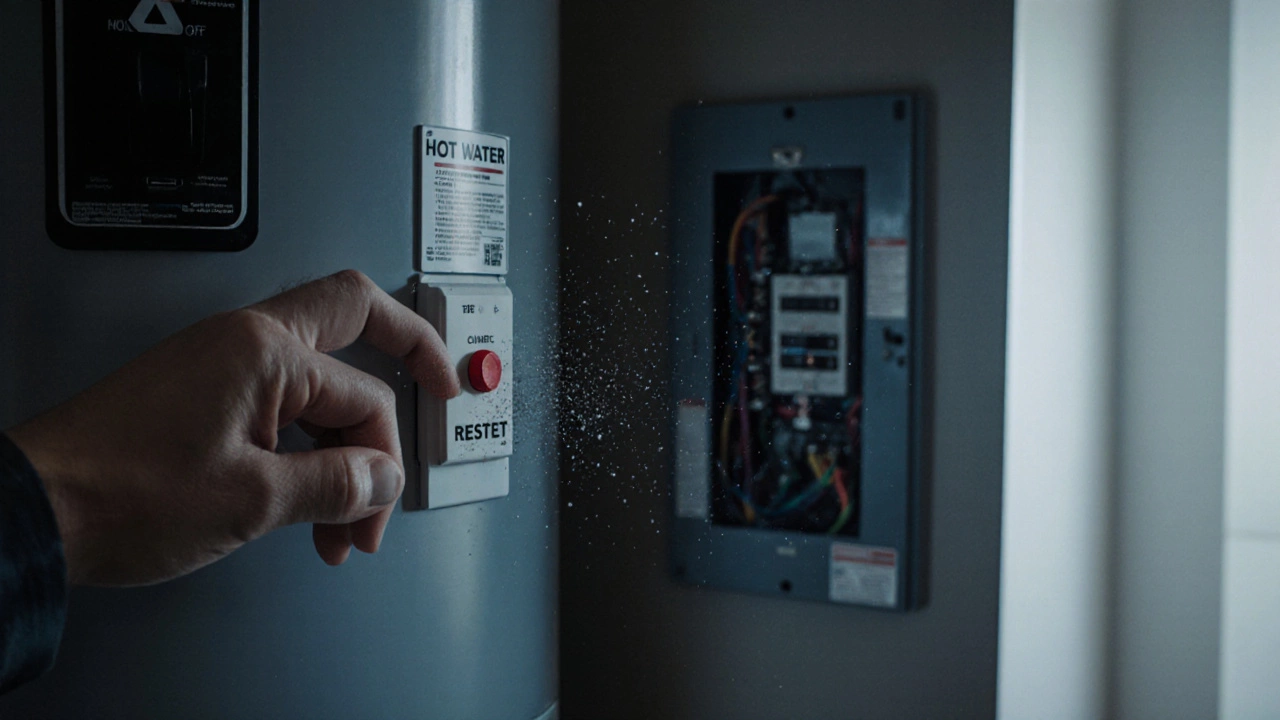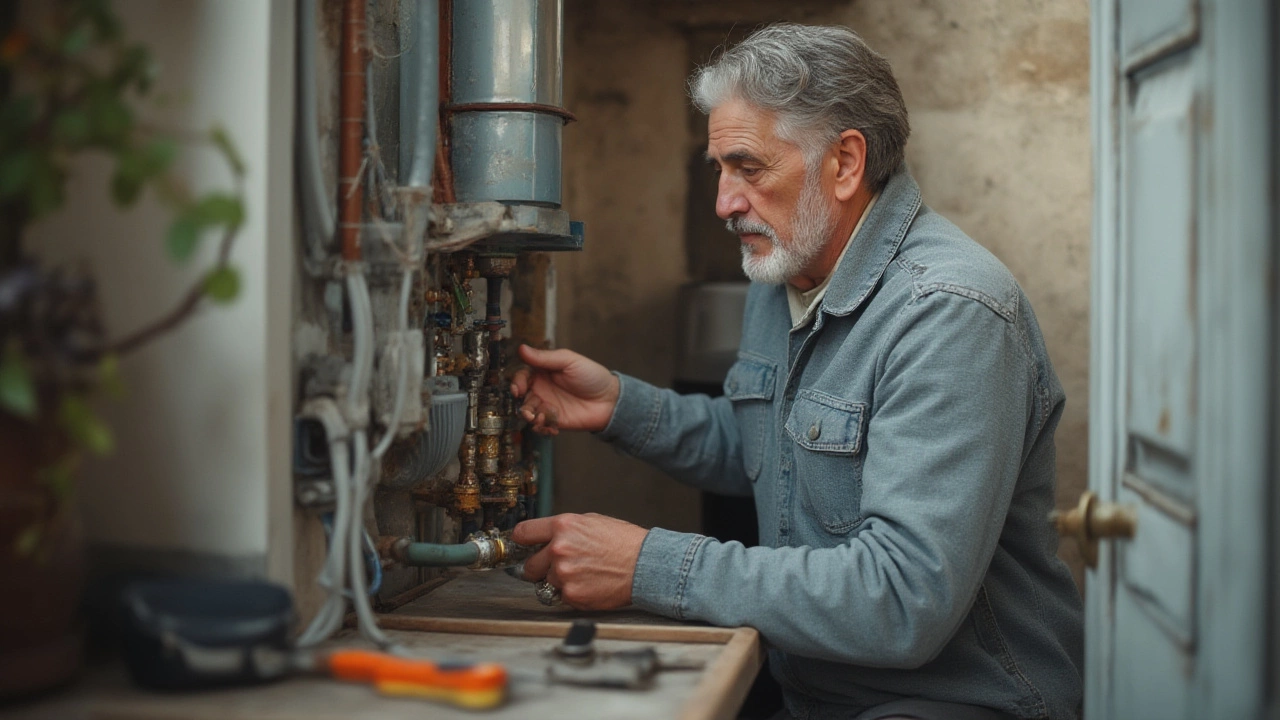Water Heater Safety: Essential Tips to Keep Your Home Safe
Got a water heater? It’s one of those appliances you barely think about until something goes wrong. A small mistake can turn a warm shower into a nasty surprise. Below are simple, everyday checks you can do to keep your water heater safe and your home protected.
Routine checks you can do yourself
1. Test the temperature and pressure (T&P) relief valve. This valve stops the tank from exploding if pressure gets too high. Grab a bucket, lift the valve's test lever a few seconds, and watch water flow out. If nothing comes out, the valve is stuck and needs replacement.
2. Look for leaks. Inspect the bottom of the tank and the connections for any puddles or drips. A slow leak can become a flood fast, especially on a wooden floor. If you see water, turn off the power or gas and shut the cold‑water supply.
3. Check the anode rod. The rod stops rust inside the tank. When it’s worn out, the tank can corrode and fail. Unscrew the rod (it’s usually on top) and see if it’s heavily corroded. If it looks like a rusted mess, replace it.
4. Set the thermostat right. 120°F (49°C) is hot enough for comfortable showers and saves energy. Anything higher raises the risk of scalding, especially for kids and the elderly.
5. Clean the vent (for gas heaters). A clogged vent can lead to carbon monoxide buildup. Make sure the vent pipe is clear of debris, leaves, or bird nests. If you smell gas, open windows and call a professional straight away.
When to call a pro
If you notice any of these signs, it’s time to ring a qualified technician:
- Strange noises like rumbling, popping, or knocking.
- Rusty or discolored water from your taps.
- The water heater keeps tripping the breaker or won’t turn on.
- Visible corrosion on the tank’s sides.
- Any gas smell, even a faint whiff.
Trying to fix these issues yourself can be risky. A licensed pro has the right tools and knowledge to handle high‑pressure components and gas lines safely.
Regular maintenance—usually once a year—keeps most problems from turning into emergencies. Most repair services, like Rugby Appliance Repair Services, will run a quick safety check, flush the tank, and replace the T&P valve if needed.
Bottom line: a few minutes of inspection each month can save you a lot of hassle, money, and danger down the road. Keep the tank clean, the valve working, and the thermostat set right, and you’ll enjoy hot water without worry.
Got a water heater that’s acting up? Don’t wait for a leak to ruin your floor. Call a local pro and get a safety check today.







